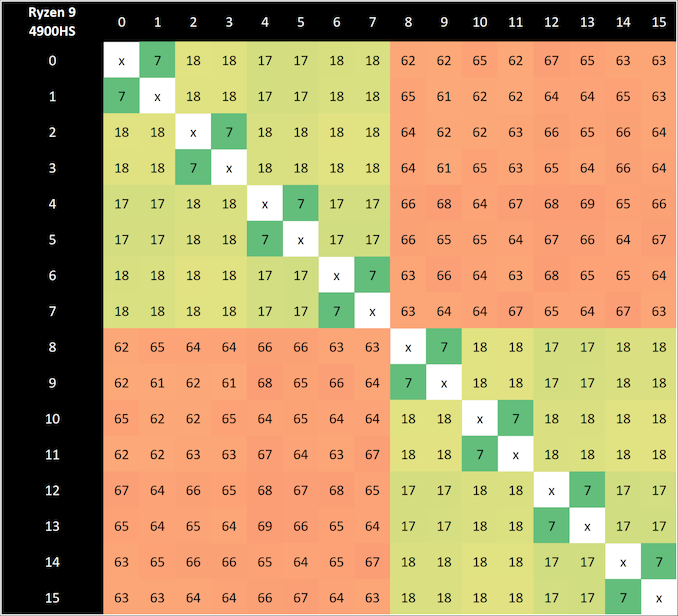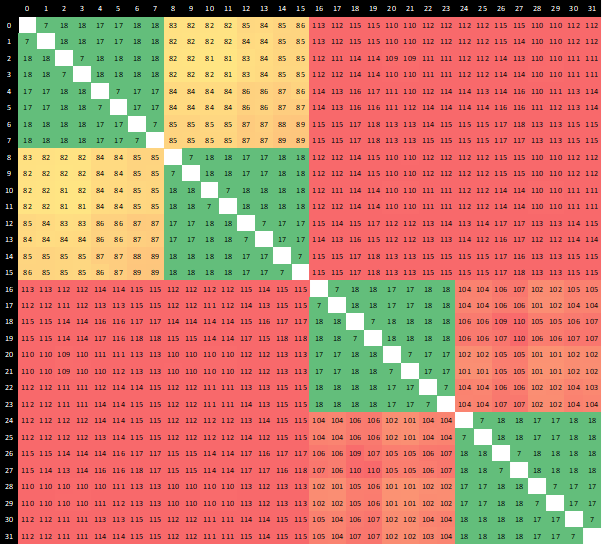And yet, a developer just told you the exact opposite.
Bit of context - it's an interview on XBox.com about the next XBox, so it might involve a large degree of PR fluff. eg...
"the SMT in the Series X processor is far more capable than usual CPUs."
Really? Not just slightly better, after decades of AMD work in CPUs culminating in Zen2 getting so far with SMT, but
far more capable now that MS have stepped in and told AMD where they're going wrong and how to design SMT properly?
The whole thing reads like a PR infomercial. It's a butt-load of one-liner marketing remarks scripted to highlight all the USPs of XBSX. The text also isn't the same as the real interview text. I've been listening to the interview to find the actual talk about SSD,
Given the biased narration, we have to take appreciate this isn't a technical talk for engineers. That's not saying the narrator is inherently platform biased, but given the marketing of his game and positive relationships with MS, we can't expect choice of words to be completely honest such that, if faced with a loaded question like, "what does the SSD bring?" the guy can't reply, "not a lot," if that's the case - basically he's required to respond to every question like, "it's faster and better than everything out there." Case in point, Lary Hyrb asks what does he like about XBSX. Springate says, "everything, it's all good." Hyrb now hits him with their selling points to get some sound bites - "what about ray-tracing?" Springate's face was very interesting when presented with that RT question; big smile and a long, "yeah...." He then says they're looking into it and can't commit to everything, but that's not in the interview text.
Hang on. To everyone in this discussion - has anyone watched the YT interview? Springate never says "load data mid frame." The text is a fabrication.
I started this post commenting on the text, and I've had the interview playing in the background, and realised that the text is basically PR crap. It's not at all what Springate says. The only mention of the SSD is the additional hardware compression allowing faster transfer rates than the drives rated performance. He never says the CPU SMT is better than other CPUs.
As far as I'm concerned now, XBox.com is a completely unreliable source and not worth quoting. I Let's stick with DF etc.
Transcript of real words: From 9:40
H: I think it's important to point out...with Dirt 5, I mean, there is a, you've got this amazing CPU, cos you, and you kinda alluded to it earlier, with next-gen it's not just about fast read/write speed which of course Xbox Series X had, but its the entire, as the engineers would say, it's the pipeline, right. It's making sure the CPU and all of these things are there to really give this next gen experience. So it's really important to look at all pieces of the puzzle. Would you say that that's accurate?
S: Oh completely. And even then, it's not as simple just as the NVMe drive in XBox is fast - and oh boy is it fast - what am I going to do with the other pieces of the puzzle as well. So we can have data using hardware decompression so we compress our data like textures and things like that while we're building the game at the office and writing that to your disk. And that means we can decompress it in hardware when loaded basically for free. That's means I can get even faster throughput than what the NVMe drive can deliver. So, it's a beast! I've got no other way of putting it. Its really, really fast. Um, but yeah, that means that we're able to just deliver better and more beautiful experiences than we could before. And that excites me. I thinking, how, now that I have all these tools laid out on the table, how do I make use of all of these features to deliver an amazing video game, an amazing experience for the gamers.



